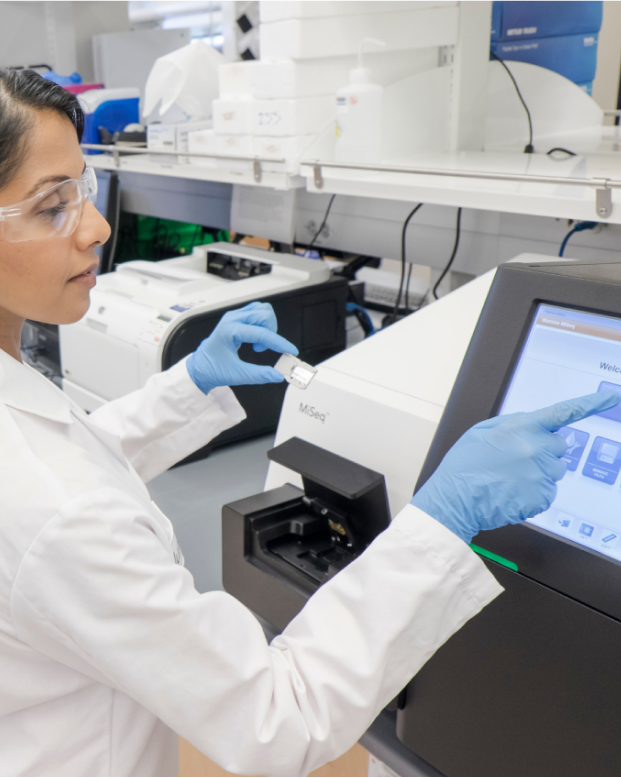Improved breeding plans for beef cattle
Improved breeding plans for beef cattle
Learn how genomic selection has increased gains in beef cattle through improved breeding plans, the ability to select for specific genes, and a quicker, better understanding of a bull’s genetic value.






